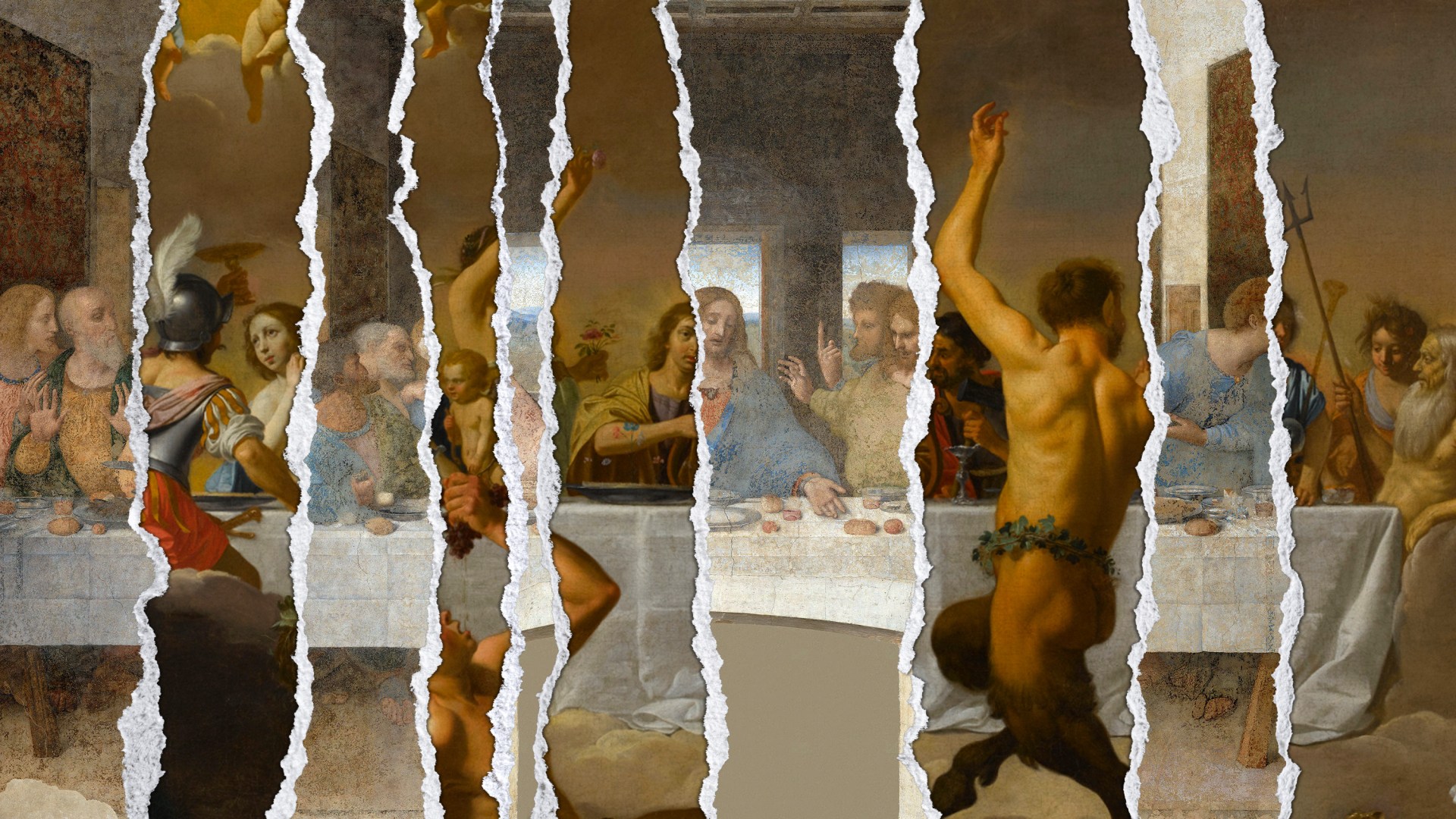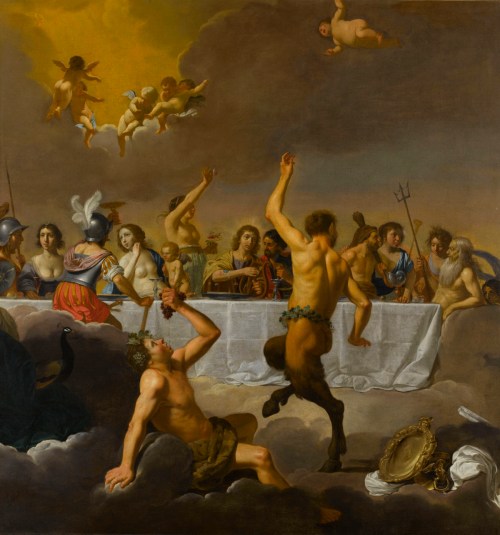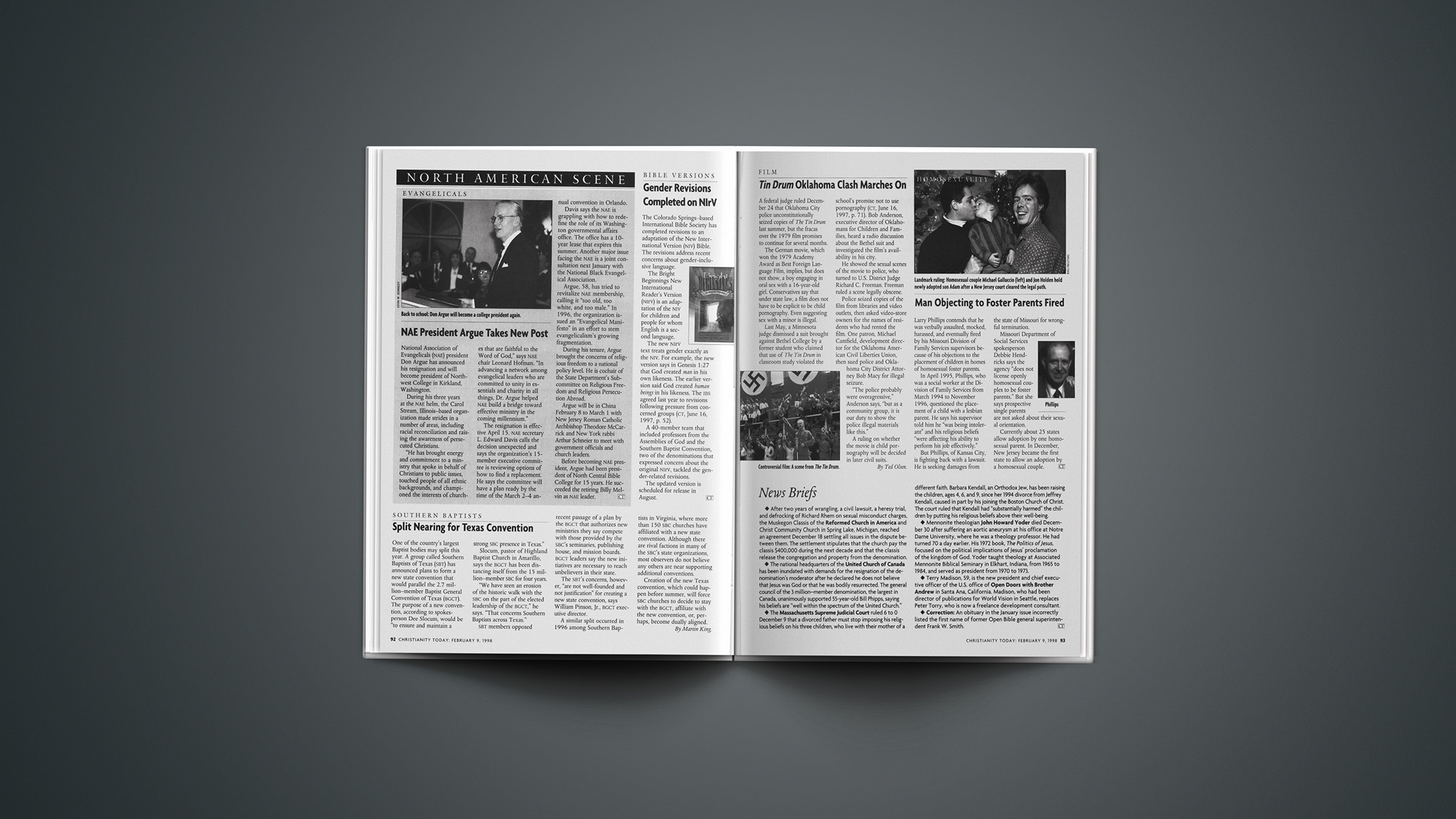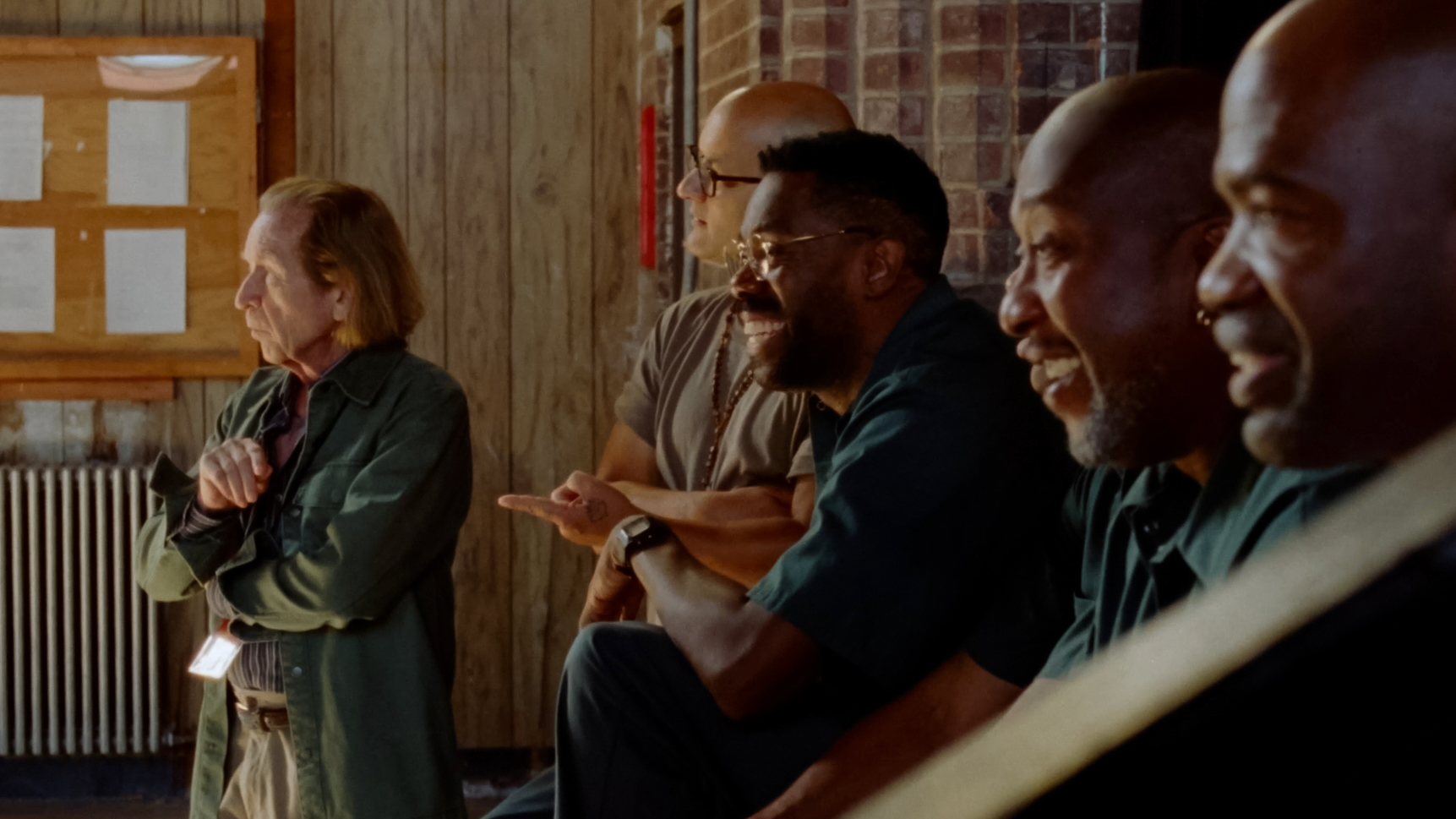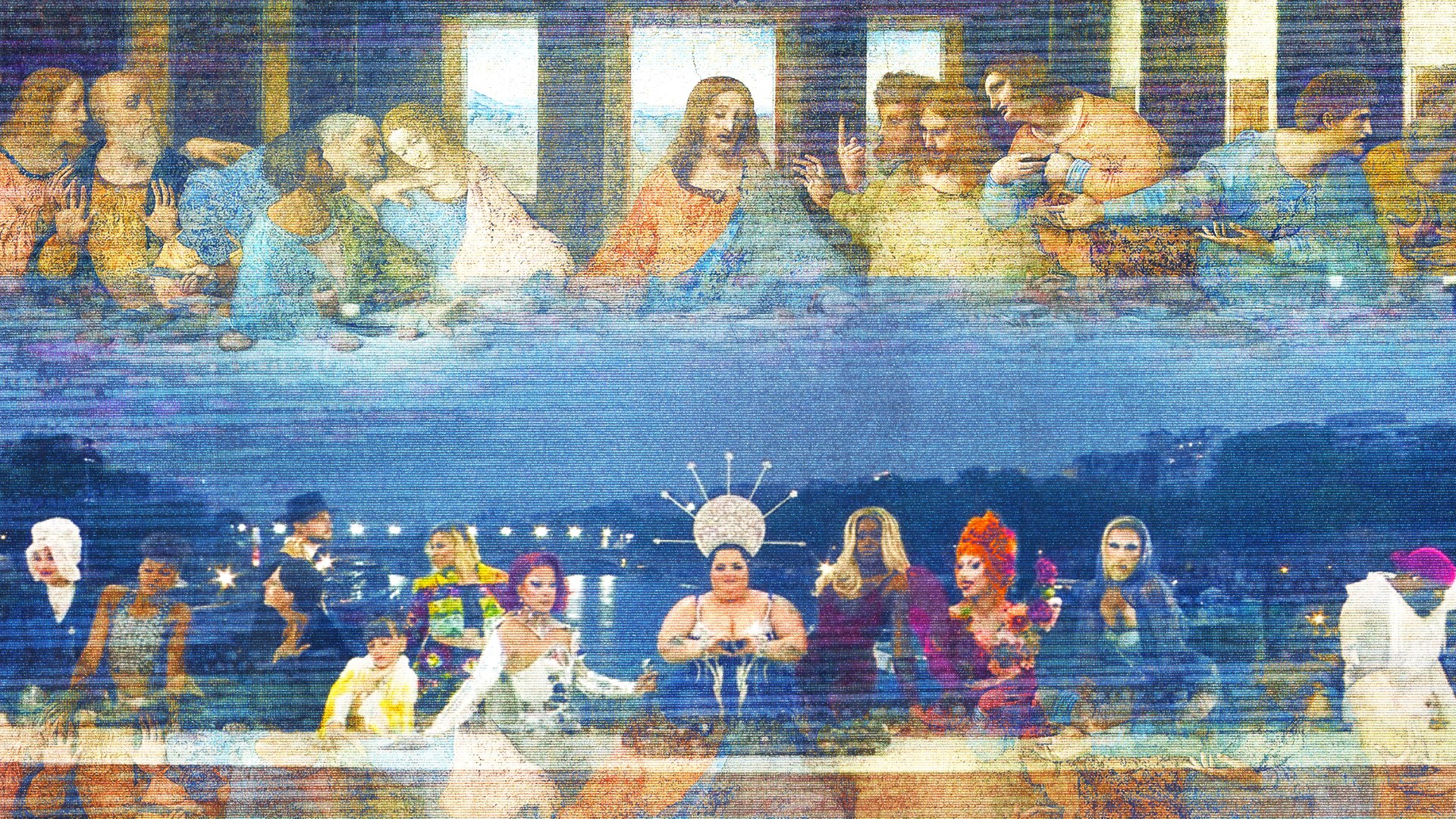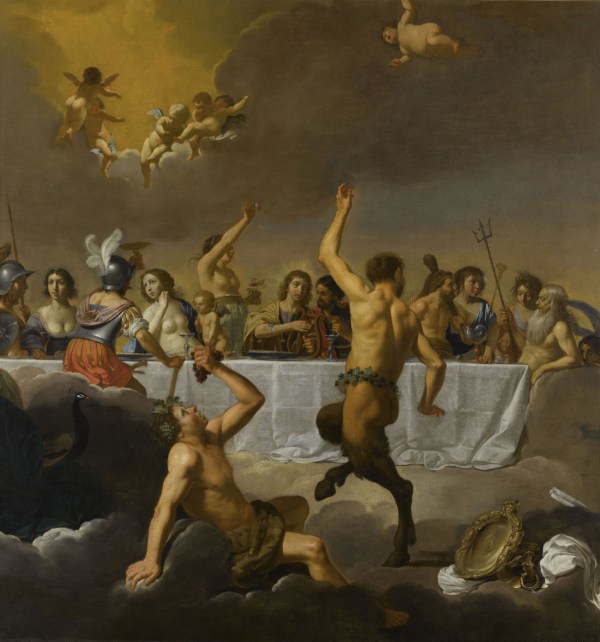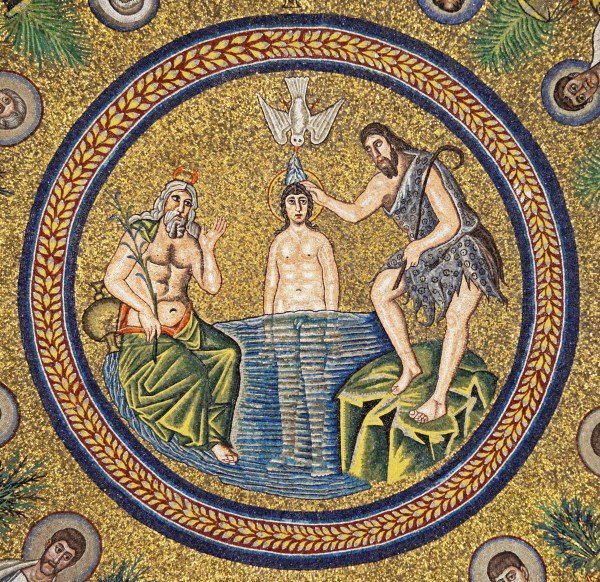Vice President Kamala Harris isn’t the type of politician to cite the Bible a lot.
Darryl Ford, the former pastor of a nondenominational evangelical church in Atlanta, thinks that might be a good thing.
“We’ve gotten used to seeing people who will make Bible quotations and pray for me on a Sunday, then vote to disenfranchise me on a Tuesday,” he told Christianity Today.
Ford and many other Black Christians say they care about the faith of the new Democratic Party nominee, who is replacing President Joe Biden on the ballot in November, but they’re focused more on issues than rhetoric. The former pastor says Black Christians support Harris because she has a good grasp on things like criminal justice and health care.
“Because she’s been in it, she’s lived amongst it. She’s not new to it,” he said. “Even if I don’t agree with her on a certain issue, I believe she has a good handle on what that issue actually is.”
Black clergy across the country report a new enthusiasm in an election year that was previously leaving voters feeling discouraged and depressed. African Americans have overwhelmingly supported Democratic candidates since the party threw its weight behind civil rights legislation in the 1960s. But having Harris at the top of the ticket has brought a new energy, reminding some of Barack Obama’s historic first campaign.
“It feels like 2008,” said Khristi Lauren Adams, an ordained Baptist minister who works at a private school in Baltimore County, Maryland. “I think there’s a similar sentiment happening right now.”
According to a recent YouGov poll, nearly 40 percent of Black people say they are enthusiastic about voting this November. Seventy-four percent say they plan to vote for Harris come November. A month ago, Black support for Biden’s reelection was only 69 percent.
“The reason you’re seeing the organic response from the Black faith community is because she belongs,” Matthew L. Watley, senior pastor at Kingdom Fellowship African Methodist Episcopal (AME) Church in Maryland, told CT. “She’s one of us, and it’s been demonstrated for a long time.”
Harris hasn’t shied away from talking about her deep roots in the Black church tradition. In a 2022 speech at the Annual Session of the National Baptist Convention, USA, the largest traditionally Black denomination in the country, Harris connected her faith and politics, crediting her childhood church experiences for giving her a framework for action.
“I was raised to live my faith,” Harris said. “Marching for civil rights, my parents pushed me in a stroller. That was faith in action.”
Now her candidacy is motivating other Black Christians to action.
“We’re ten toes down—all the way in,” said Gabby Cudjoe-Wilkes, co-pastor of The Double Love Experience Church in Brooklyn, New York, which is part of the Progressive National Baptist Convention. “We’re not saying this is a perfect person, no candidate is. … Kamala may not be leading with her faith, I’m okay with that,” she said. “I don't feel like she is dangling it for a vote.”
Some Black pastors who are known as theological conservatives have come out in support of Harris too. Dwight McKissic, senior pastor of Cornerstone Baptist Church in Arlington, Texas, and an influential Black leader in the Southern Baptist Convention until he left in 2021, praised Harris’s “superior qualifications” on social media.
“I believe the energy, synergy, fundraising, volunteerism, and momentum driving and characterizing her campaign … is unprecedented in American political history,” McKissic wrote. “Kamala Harris represents those who’ve been rejected among us. The support she’s galvanized is amazing to me.”
He said that while he doesn’t agree with Harris on everything, he will personally vote for her.
McKissic specifically disagrees with Harris’s positions on abortion. She is believed to be the first vice president to visit an abortion clinic, and has said she supports legislation protecting nationwide abortion access.
McKissic said since the Republican Party removed the commitment to push for a constitutional ban on abortion from the party platform, however, neither major party offers a pro-life ticket. He believes many Christians will make their decision based on who seems most qualified to be president of the United States. For him, it’s an obvious choice.
Harris is not without Black Christian critics, though. Some ministers are skeptical of where she would lead the country, if she makes it to the White House.
“I don’t feel that sense of hope that I sense that others might,” said Walter Harvey, pastor emeritus of Embassy Center MKE and president of the National Black Fellowship of the Assemblies of God.
In Harvey’s eyes, Harris’s positions on social issues are disqualifying. The Democrats have “championed some policies that are unbiblical to family, that are unbiblical as it relates to sexuality, and I think it’s cost the African American community,” he said.
His majority Black congregation in Milwaukee is pretty diverse politically. He expects a divided reaction to Harris’s candidacy.
“I think half would welcome her and champion her, be excited about her,” he said. “I think there’s the other half, or close to half, who would be challenged by her message … and would not want to endorse.”
A YouGov poll found that around 10 percent of Black voters plan to vote for Trump. Less than 10 percent are unsure of who they will vote for. Around 5 percent plan to vote for a third party candidate.
Harris is just now ramping up her presidential campaign, so it remains to be seen what kind of outreach she might do to try and persuade Black Christians like those in Harvey’s church in Wisconsin to vote for her. Since the announcement that Biden was stepping down and Harris was going to run, her longtime pastor, civil rights leader Amos Brown, has organized a “100 days of prayer” campaign.
Brown, who was once taught by Martin Luther King Jr. at Morehouse College, is well respected by Black Christians, and many have noted his relationship with Harris. One of the first things she reportedly did, preparing her run for the White House, was to call Brown and request prayer.
Harris has also established relationships with some Black churches in the greater DC area. She has occasionally attended Kingdom Fellowship, the AME church in Maryland where Matthew Watley serves as pastor. He told CT her most recent visit was a surprise. Watley got a phone call on Sunday morning from the vice president’s staff.
“She woke up and she wanted to come worship with us,” Watley recalled.
Harris may not be in a church pew every Sunday, but it is clear she “was formed by the church and still has the principles of Christian living,” Watley said. “I think any honest pastor would say that many of our parishioners move that way these days.”
Since Biden became president in 2020, he has brought in faith leaders from various traditions to hear their concerns, get their input, and ask for prayer and support, the AME minister said. Watley hopes that outreach will deepen if Harris wins.
“My prayer,” he said, “is that the party will once again embrace faith as central to its identity, as historically it always has.”








